It is the day before All Souls Day,
and it seems appropriate today that we join friends and family as they visit the graves of their loved ones, for we will visit a couple of the many WWI cemeteries that dot this part of the world and pay homage on this All Saints Day. It is also Hallowe’en, or Hallows Day, which is not celebrated in Europe. The French, in particular, hate and shun it, and here in Belgium, we see only the odd reference to it.
“In Flanders Fields”
We start our day in the town of Ypres, or Ieper, once one of the wealthiest cities in the world. It was the scene of some of the most vicious fighting in WWI, as the British fought to maintain control of the town, sacrificing countless soldiers’ lives and destroying the entire town. We arrive at the beautiful Cloth Hall in the center of Ypres. It is the home of “In Flanders Fields,” an incredibly moving museum dedicated to helping the world understand the horror of WWI. We learn that the very building the museum is housed in, this Cloth Hall, was the largest non-church building built in Europe until after WWI and was completely levelled by shelling during the war and then painstakingly rebuilt. We are reminded of something we knew, WWI was the first war in which the full technology of industrialization was engaged in producing the instruments of war. As recently as the Boer War, the cavalry had had a major role. In WWI, the cavalry sat and waited, with nothing to do; in the Boer War, bayonets were the way death was inflicted. Virtually every soldier in WWI had a bayonet, and they were useless against machine guns and shells that could fly 20 kilometres through the air. The museum was opened only in 1996, and, interactive and involving as so many newer museums are, it brings the experience home and helps us to truly understand, if that is possible, the magnitude of WWI and the folly of leaders who fight wars without purpose, sacrificing human lives for their vanity. All Souls, indeed.
WWI: Chemical Warfare
From Ypres, it is a short drive to the Canadian Memorial. Much smaller than the memorial at Vimy Ridge, it is not a cemetery or a place where the names of the fallen are recorded: it is the scene of the first mustard gas attack launched by the Germans during the war, an attack that happened to blow over the Canadian position, and one that signalled a major evolution in fighting: chemical warfare. We drive through Flanders’s narrow lanes and backroads, carefully moving the passenger side off the road, but not too far, lest it falls into the very deep ditches whenever another car approaches. There is still occasional evidence of the war – large craters used by resourceful farmers as watering holes for their livestock. The farmers still harvest a horrible, deadly crop every spring when they plow their fields: hundreds of tonnes of unexploded munitions rise from the earth, including many chemical weapons. These chemical weapons are carefully stockpiled: there is still no known safe method of disposing of them.
We are looking for Passchendaele, a tiny village which was the site of a major British action against a German fortress built on the gently rising hill, taken at a huge cost by the Australians. It is also home to Tyne Cot, the largest Commonwealth cemetery from WWI; far more numerous than graves at Tyne Cot, though, are the names of the soldiers whose bodies were never found. We walk the entire length of the back wall of the cemetery, over 3 metres tall and hundreds of metres long, covered from one end to the other and top to bottom with the names of the missing dead. And this isn’t a full listing: many others are listed at Menin Gate, in Ypres, and yet others are listed on particular memorials, such as the Canadian Memorial we visited at Vimy Ridge; of the over 1 million Commonwealth soldiers who died in WWI, the bodies of more than 50% were never found.
We drive silently back to Ghent, lost in our thoughts, crying; the grey day complemented the images and sights we have seen today.
Trick or Treat!
Later, we are sitting with Yves and Marc in the comfort of their wonderful home, a glass of wine in hand and describing the day when the doorbell rings. Marc answers and excitedly calls me out: a goblin and a witch stand before us, sacs in hand, held out expectantly. Marc is excitedly searching for some candy in order not to disappoint. He finds some, and as he closes the door, he tells me that this is the 1st time in his life that he has ever had a trick-or-treater at the door.

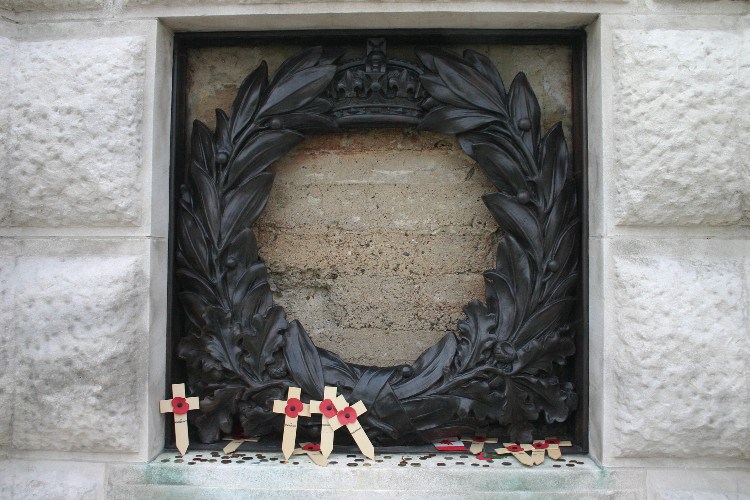


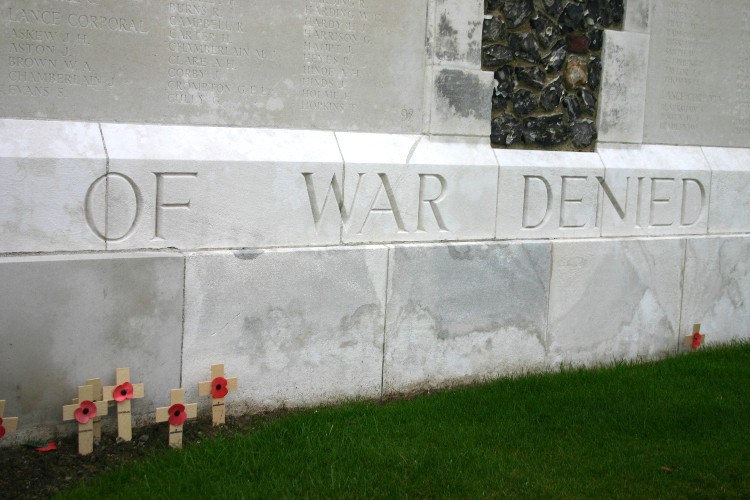


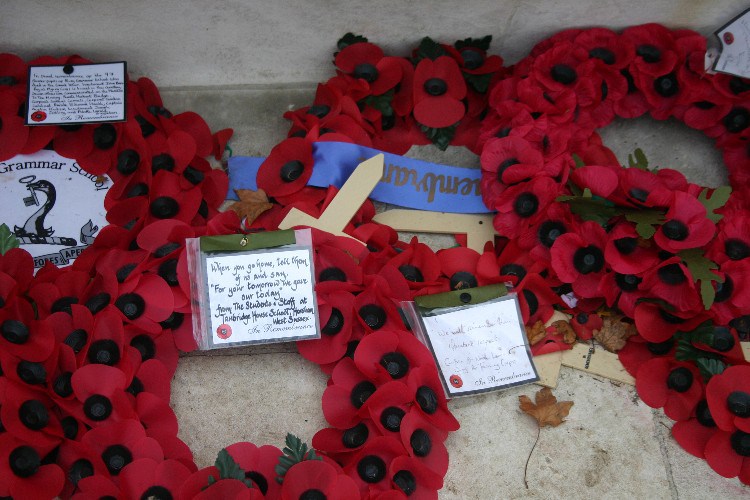

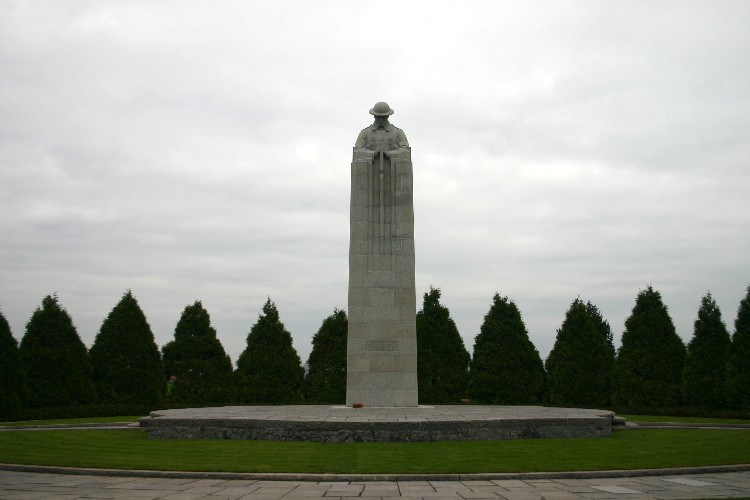
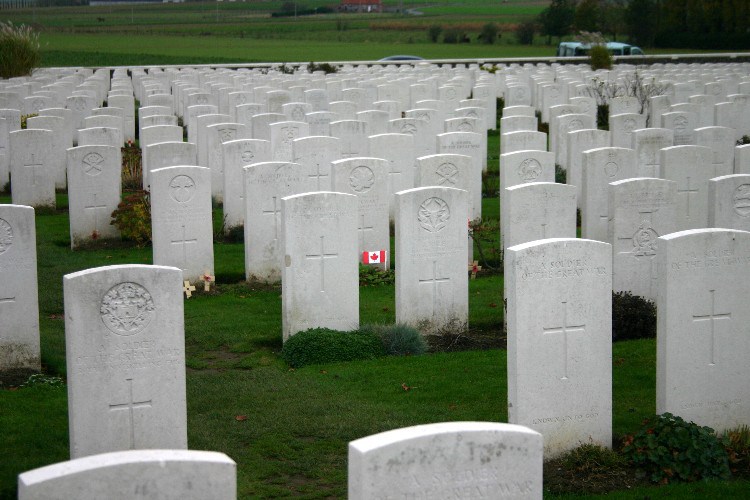
Comments